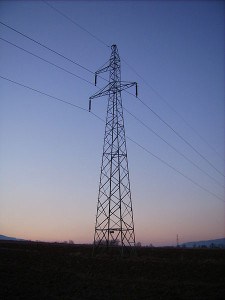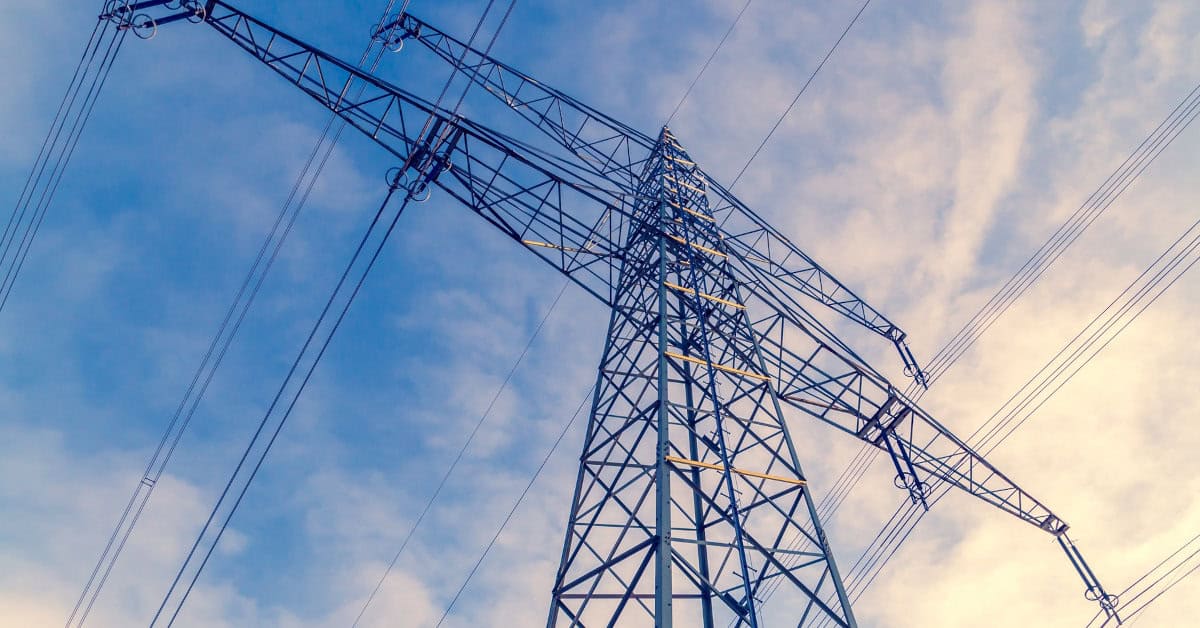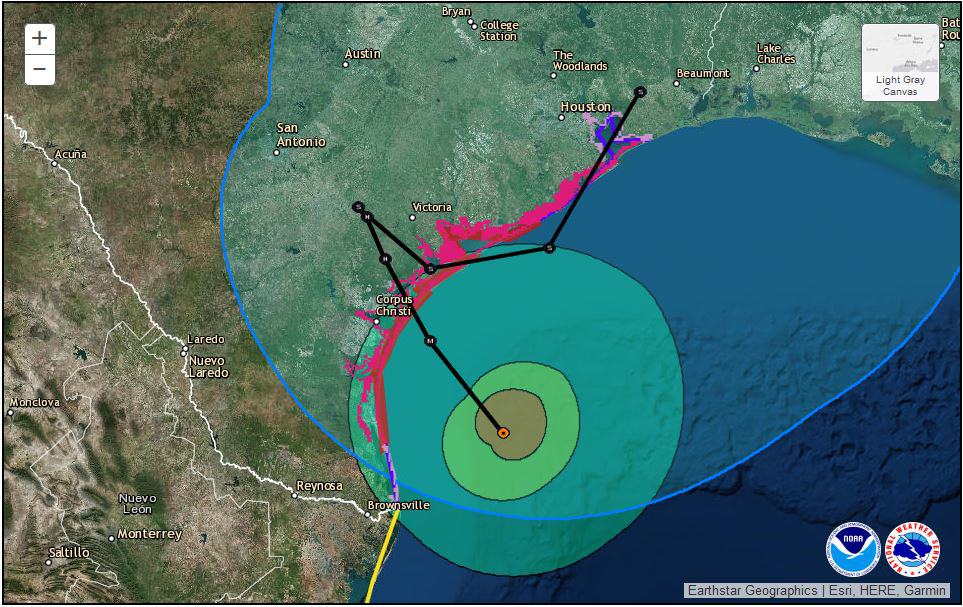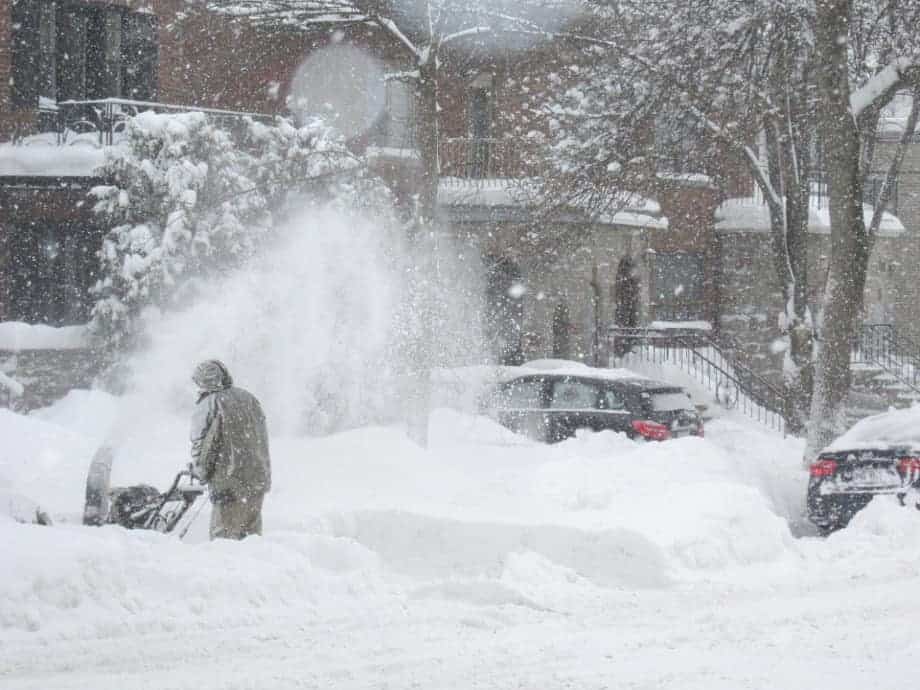
High-Voltage Transmission Towers Support Cables that Carry Electricity Across the Continent’s Electrical Grid
Every major storm only serves to highlight the fragile nature of the nation’s power grid. According to Dr. Jeff Masters at Weather Underground, Hurricane Sandy disrupted power to 8.5 million people 2012, including three-quarters of New Jersey utility customers. It took more than a week (CNN) to restore service for most people, but after three weeks some were still waiting for service.
As bad as the aftermath of Sandy was, it was nothing compared to the previous year when power outages lasting more than 24 hours affected more than 21 million electric utility users across the country. Natural events cause extended, widespread power outages every year.
Standby Generator Value
We rely extensively on electricity to heat and cool our homes and to keep them dry and safe. It keeps our food cold or frozen, we cook with it, and heat water with it. Without electricity, homes are dark and swelter in the summer heat or freeze in the winter cold.
The intangible value(Generac Power Systems) of a standby generator becomes starkly apparent when your home is the only one in the neighborhood with lights, heating or air conditioning, and you’re not worrying about the basement flooding or the food spoiling.
Don’t be surprised when the next door neighbor shows up with extension cord in hand to ask if he connect his sump pump.
Return on Investment
Home improvement projects are often rated on the return they offer, and the installation of a standby generator system qualifies as a mid-range project. Few remodeling or home improvement projects return all the investment to the homeowner, but some do better than others.
Like almost every project, how much you can expect to recoup depends largely on where you live. A recent study of home projects across the United States compared the cost of various home improvement projects to their added value at the time of sale.
According to a 2014 report by Remodeling Magazine, on average, homeowners across the country can expect to increase their resale value by 67.5 percent of the cost of purchasing and installing a standby generator. The study included the costs of the standby unit (approx 17kW), the automatic transfer switch and other electrical hardware, connecting to existing gas lines, and the mounting pad.
Costs can vary widely by region, but so can returns. If you’re looking for a home improvement project guaranteed to return everything you invest and more, a new front door is your best bet with an average return of 105 percent. Few other projects will return more than they cost.
But if you live in the right area, a standby generator can not only improve the selling price of your home, it can return the investment cost and then some.
A sampling of cities from the 2014 report returned some surprising results that far exceeded the national average.
| City | Cost $ | Value $ | ROI % |
| El Paso, TX | 10,849 | 18,135 | 167.2 |
| Miami, FL | 11,441 | 13,035 | 113.9 |
| Albany, NY | 11,842 | 14,348 | 121.2 |
| Cincinnati, OH | 11,548 | 13,838 | 119.8 |
| Providence, RI | 12,049 | 16,071 | 133.4 |
(Cities surveyed varied between a low of 35 percent and a high of 167.2 percent)
Other cities are closer to the average, and of course, some are well below the average too. The main advantage of a standby generator for most people is the improvement in living conditions during extended outages, and the safety of their families and homes.
According to the report, the return on investment for most cities and regions will fall somewhere between 67 and 85 percent. A few areas are significantly lower. If you’re looking for a project solely to improve your home’s value and return most or all of the investment do your research carefully. The most important benefits of a standby generator system are the safety and piece of mind they provide.














